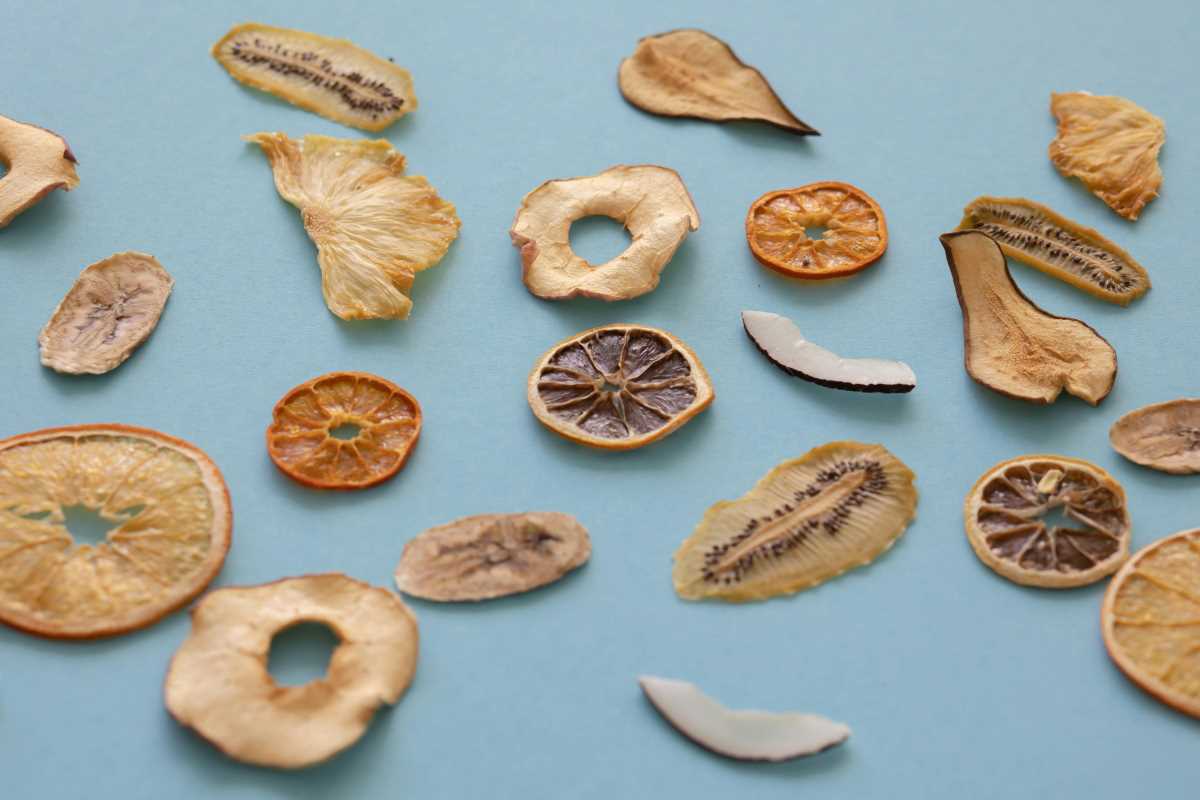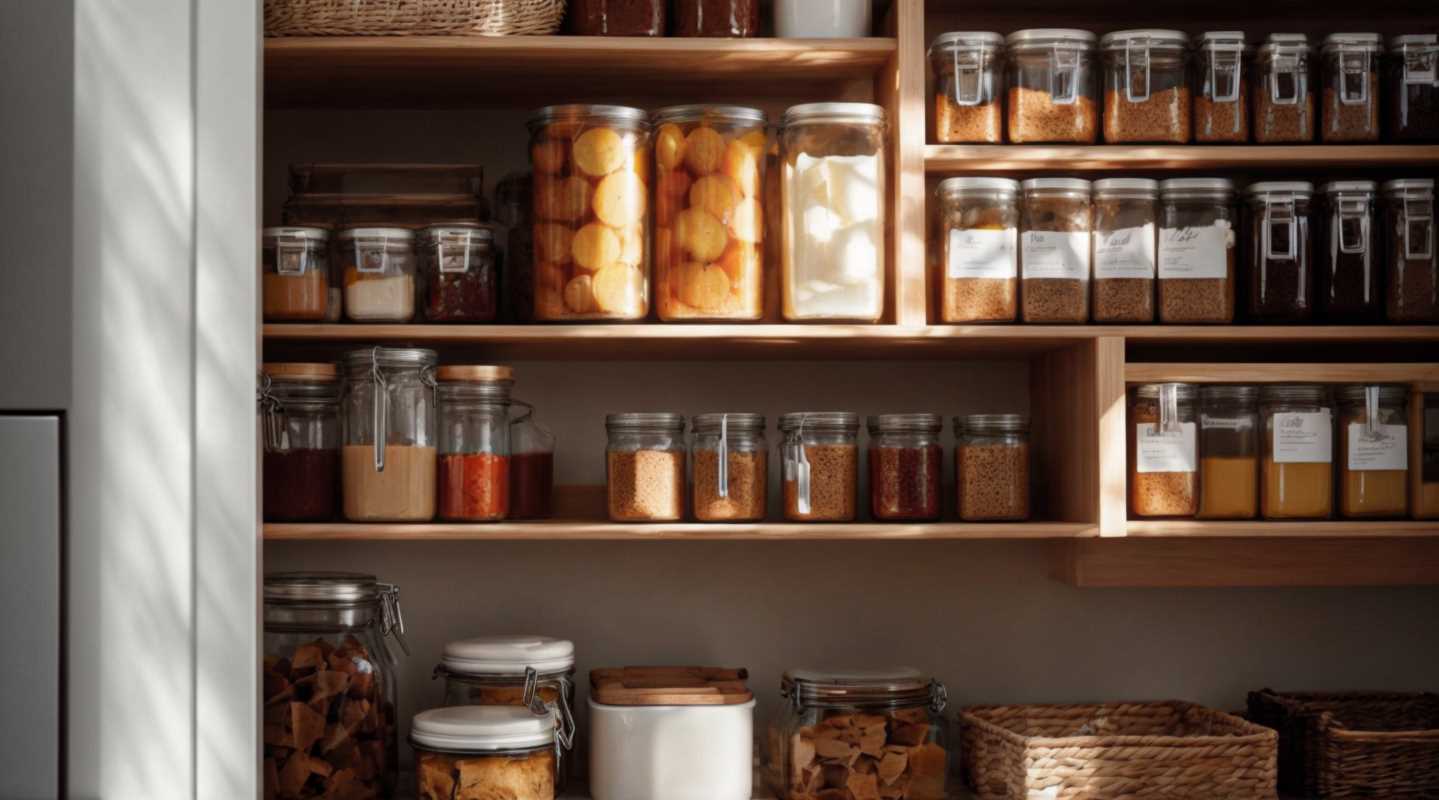Picture a pantry brimming with tasty, healthy snacks that you've crafted with your own hands, all while cutting down on waste and championing sustainability. Dehydrating seasonal fruits presents an excellent method to capture the essence of each season, transforming fresh produce into enduring delights that benefit both you and the environment. If you're eager to cut back on food waste, indulge in more wholesome snacks, or dive into a new culinary adventure, learning how to dehydrate foods can revolutionize your perspective on eating and sustainable living.
Why Dehydrate Seasonal Fruits?
- Reduces Food Waste: By dehydrating surplus or excess fruits, you prevent them from going to waste and make the most of their nutritional value.
- Extends Shelf Life: Dehydrated fruits last significantly longer than their fresh counterparts, providing you with tasty snacks year-round.
- Preserves Nutrients: The dehydration process retains essential vitamins and minerals, ensuring that your snacks are as healthy as they are delicious.
- Convenient and Portable: Lightweight and easy to carry, dehydrated fruits suit on-the-go lifestyles, making them ideal for hiking, traveling, or busy days.
- Encourages Sustainable Living: Embracing dehydration as a preservation method aligns with zero-waste principles, promoting a more eco-friendly lifestyle.
Step-by-Step Guide to Dehydrating Fruits
- Choose Fresh, Ripe Fruits: Start with high-quality, fresh fruits. Select fruits that are in season and free from blemishes to ensure the best results.
- Wash and Prepare: Thoroughly wash the fruits to remove any dirt or pesticides. Peel, core, and slice them uniformly to promote even drying.
- Pre-Treat if Necessary: Some fruits, like apples and pears, benefit from being dipped in a lemon juice solution to prevent browning and enhance flavor.
- Arrange on Trays: Place the fruit slices on drying trays, ensuring they do not overlap. This allows for proper air circulation and efficient drying.
- Set Your Dehydrator: Preheat your dehydrator to the recommended temperature, usually between 135°F to 145°F (57°C to 63°C), depending on the fruit type.
- Dry the Fruits: Let the fruits dehydrate for several hours, checking periodically. The drying time can vary based on the fruit's moisture content and thickness of the slices.
- Cool and Store: Once dried, let the fruits cool completely before storing them in airtight containers. Properly dehydrated fruits should be chewy or crisp, depending on your preference.
Choosing the Right Fruits for Dehydration
Selecting the right fruits is crucial for successful dehydration. Opt for fruits that are naturally low in moisture and high in fiber, as they dry more efficiently and yield a better texture. Seasonal selection plays a significant role; for instance, summer offers an abundance of berries, peaches, and plums, while winter brings citrus fruits and apples to the forefront. Prioritize fruits that are ripe but still firm to ensure they retain their shape and flavor during the drying process. You should also consider the intended use of the dehydrated fruit—some work better for snacking, while others may be ideal for baking or cooking.
Storing and Using Your Dehydrated Creations
Proper storage is essential to maintain the quality and longevity of your dehydrated fruits. Store them in airtight containers, such as glass jars or vacuum-sealed bags, in a cool, dark place to prevent moisture absorption and spoilage. Label the containers with the date of dehydration to help you keep track of their freshness. For added protection, consider using oxygen absorbers or silica packets to extend shelf life. Understanding artisanal preservation techniques can further enhance your storage methods, ensuring your dehydrated fruits remain flavorful and safe to eat for months.
When using your dehydrated fruits, versatility is key. You can enjoy them as standalone snacks, add them to trail mixes, or incorporate them into various recipes. Dehydrated fruits also work well for garnishing dishes, adding a chewy texture and concentrated sweetness that can enhance both sweet and savory meals. You can rehydrate them and use them in sauces, soups, or baked goods, providing a burst of natural flavor without relying on artificial additives.
Creative Snack Ideas with Dehydrated Fruits
Dehydrated fruits open up a world of creative snacking possibilities. Here are some ideas to inspire your next healthy treat:
- Fruit and Nut Energy Bars: Combine your favorite dehydrated fruits with nuts, seeds, and a binding agent like honey or peanut butter. Press the mixture into bars and refrigerate for a wholesome, grab-and-go snack.
- Dried Fruit Yogurt Parfait: Layer your dehydrated fruits with Greek yogurt and granola for a balanced and satisfying parfait that’s perfect for breakfast or a midday boost.
- Trail Mix: Mix dehydrated fruit pieces with nuts, dark chocolate chips, and a sprinkle of sea salt for a customizable trail mix that caters to your taste preferences.
- Baked Goods: Incorporate your dehydrated fruits into muffins, bread, or cookies for added moisture and natural sweetness without using refined sugars.
- Fruit Chips: Turn thinly sliced dehydrated fruits into crispy chips by lightly seasoning them with spices like cinnamon or chili powder for an extra kick.
Exploring the benefits of dehydrating food allows you to experiment with various flavor combinations and textures, making your snacks both enjoyable and nutritious.
Dehydrating seasonal fruits supports zero-waste living and enriches your culinary repertoire with healthy snacks. Follow these tips to enjoy sustainable, delicious treats and embrace an eco-friendly lifestyle.
 (Image via
(Image via





